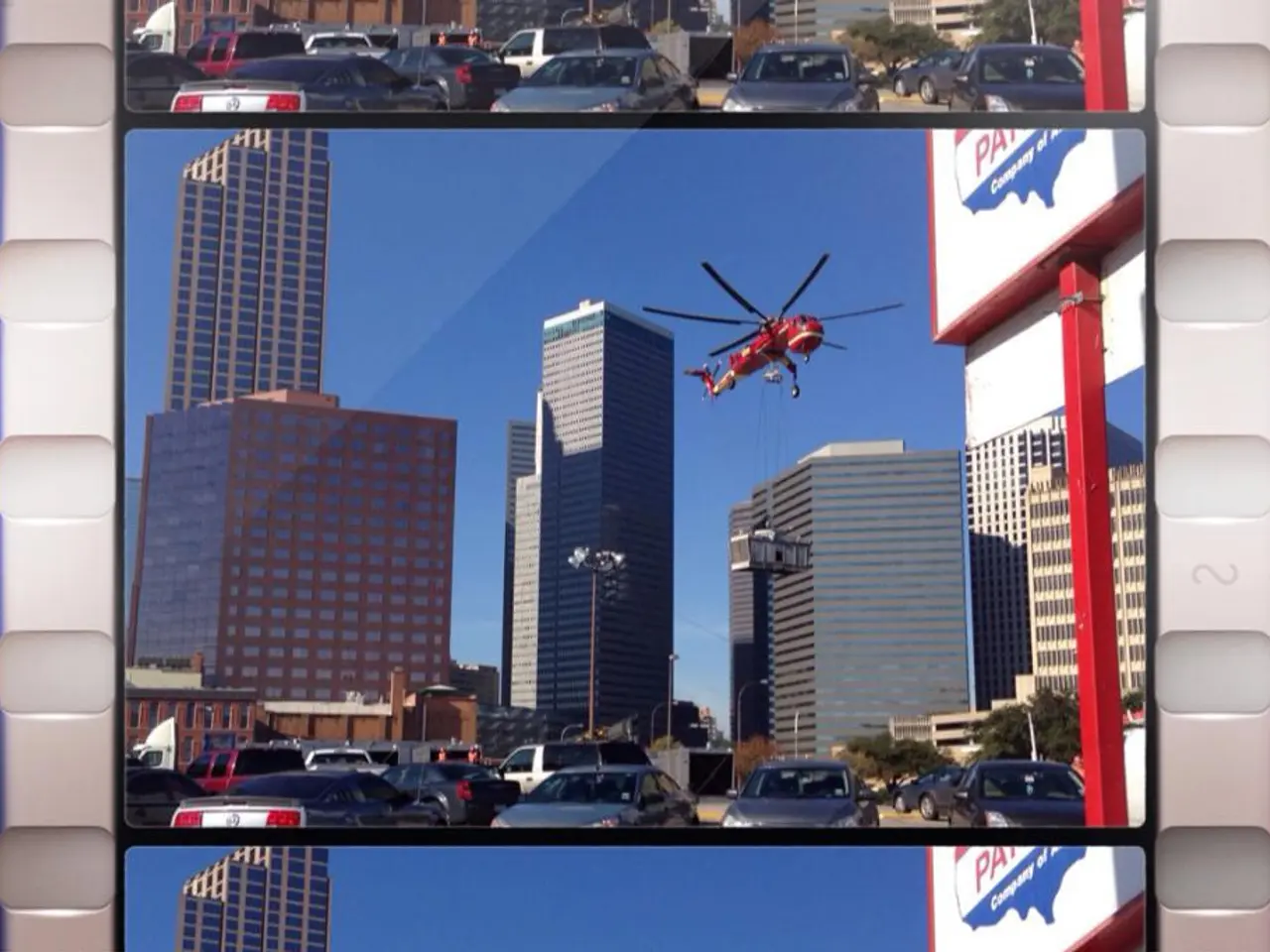Uncommon Instrument Landing Methods Revealed, along with Their Functioning Principles
================================================================
In the world of aviation, navigating through the skies can be a complex task, especially during poor weather conditions. This is where instrument approaches come into play, providing pilots with the necessary guidance to safely land an aircraft.
From the traditional to the modern, there are several types of instrument approaches that pilots need to be familiar with. Let's delve into some of these approaches and understand their unique characteristics.
LOC (Localizer) Approaches
One of the most common types of instrument approaches is the LOC (Localizer) approach. These approaches use the localizer signal to provide lateral guidance towards the runway. However, they do not offer vertical glide slope information. Despite this, they are often paired with other aids to ensure a safe landing.
PAR (Precision Approach Radar) and ASR (Airport Surveillance Radar) Approaches
PAR (Precision Approach Radar) and ASR (Airport Surveillance Radar) approaches are other precision approaches that rely on radar vectors from air traffic controllers. PAR provides both lateral and vertical guidance via controller instructions during final approaches, often used in military or specialized civil operations. ASR, on the other hand, provides only lateral guidance, with a verbal glide path suggested by controllers.
LOC-only Approaches
LOC-only approaches provide lateral guidance from a localizer without glide slope or other vertical guidance. Pilots are required to follow published step-down altitudes to maintain a safe descent.
NDB (Non-Directional Beacon) Approaches
NDB (Non-Directional Beacon) approaches are among the older types of instrument approaches. They use non-directional beacons as the primary navigational aid for alignment with the runway. They provide only non-precision lateral guidance.
GBAS (Ground-Based Augmentation System) Approaches
GBAS (Ground-Based Augmentation System) approaches are a modern innovation in instrument approaches. They integrate enhanced GPS signals augmented by ground stations to provide precise lateral and vertical guidance for precision approaches. GBAS approaches are intended to replace or supplement ILS (Instrument Landing System) and are currently available at a limited number of airports in the USA, including Newark (EWR) and Houston (IAH). However, GBAS systems are not commonly found in all airports.
While the use of NDBs is decreasing due to decommissioning, and GBAS systems are becoming more prevalent, states like Alaska still have a significant number of NDBs.
For those interested in mastering these instrument approaches and earning their instrument rating, Boldmethod offers an Instrument Procedures course. This course provides knowledge, confidence, and flexibility to be a great instrument pilot, suitable for pilots starting their instrument training or brushing up for their next flight.
Boldmethod's course discusses a variety of different types of instrument approaches, including the ones mentioned above. For detailed definitions and piloting techniques, Boldmethod’s Instrument Procedures course would provide structured instruction on how and when to use each approach based on official FAA procedures and practical flying scenarios.
[1] Boldmethod's Instrument Procedures Course: https://www.boldmethod.com/courses/instrument-procedures [4] Boldmethod's Real-World Flying Tips and Information: https://www.boldmethod.com/newsletter/signup/
- In the complex world of aviation, pilots must be familiar with various instrument procedures for safe flying, especially during poor weather conditions.
- One common type of instrument approach is the LOC (Localizer) approach, using localizer signals for lateral guidance towards the runway.
- Another precision approach is the PAR (Precision Approach Radar) that provides both lateral and vertical guidance via controller instructions during final approaches.
- ASR (Airport Surveillance Radar) approach offers only lateral guidance, with controllers suggesting a verbal glide path.
- LOC-only approaches provide lateral guidance without glide slope or vertical guidance, requiring pilots to maintain safe descent using published step-down altitudes.
- NDB (Non-Directional Beacon) approaches are an older type, using beacons for non-directional and non-precision lateral guidance.
- Modern innovations like GBAS (Ground-Based Augmentation System) approaches integrate enhanced GPS signals with ground stations for precise lateral and vertical guidance.
- Pursuing training in aerospace technology and finance, mastering instrument approaches is crucial, and Boldmethod's Instrument Procedures course can help.
- This course covers different types of instrument approaches, providing structured instruction on how and when to use each approach based on official FAA procedures and practical flying scenarios.








